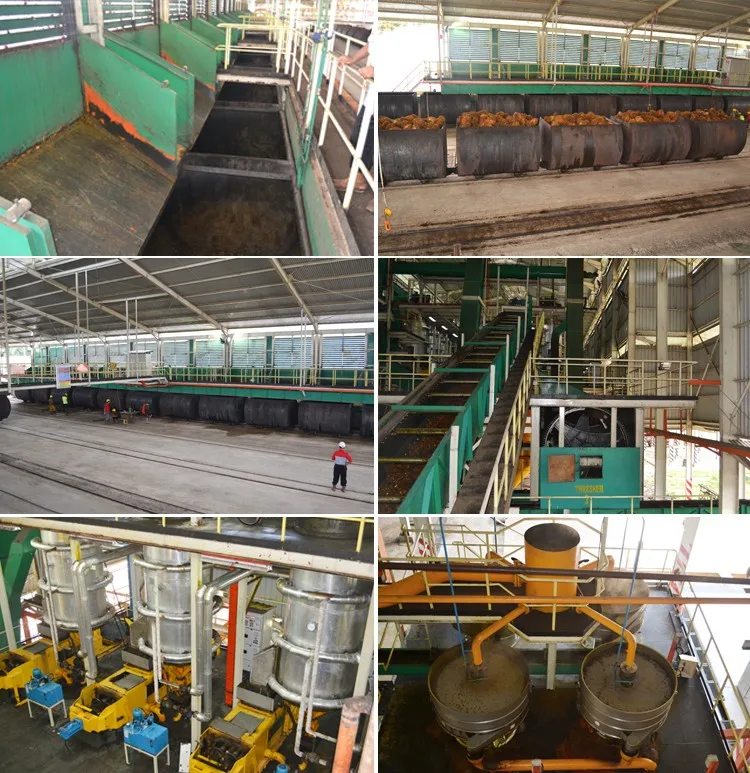Application of palm oil in the food industry
Application of palm oil in the food industry Palm oil has its unique advantages as an edible oil: palm oil has moderate unsaturation, does not contain linolenic acid, and is rich in vitamin E and tocotrienols, which are natural and efficient antioxidants. This makes palm oil more suitable than other oils for frying and grilling foods; it is less prone to polymerization with acids. Palm oil contains 50% unsaturated fatty acids, has no trans acid, and is not easy to polymerize with acid. The cost of oil has always been an important consideration in the catering industry when choosing oil for frying and barbecue. Oil palm is a high-yield perennial oil plant. It can be harvested for about 20 years after being planted once. Its annual oil production per unit area is much higher than that of other vegetable oils. The output of palm oil per hectare is 9 to 10 times that of soybeans, and the output Relatively stable, one hectare of land produces an average of 3.5 tons of palm oil and 0.4 tons of palm kernel oil per year. Its production efficiency is much higher than that of similar vegetable oils. Therefore, palm oil is the most price-competitive edible vegetable oil in the world.
Due to these properties of palm oil, it is widely used in the food industry, such as margarine, ghee, cooking oil, confectionery fat, etc.
1) Shortening: Shortening is different from margarine. Margarine is 80% fat and 20% water, while shortening is 100% pure fat. There are many types of shortening. Strictly speaking, each type of food production requires the use of special shortening, but there are also general-purpose shortenings that are suitable for a variety of foods, usually used for frying and baking foods. , such as chips, cakes, cookies, sandwich cookies, bread and other foods;
2) Margarine: Palm liquid oil is suitable for manufacturing liquid margarine, and palm stearin is more suitable for manufacturing solid margarine;
3) Hydrogenated palm oil: Hydrogenated palm oil has a wide market in India, Pakistan and Middle Eastern countries, where it is usually used as butter fat products;
4) Frying oil: This is one of the most widely used uses of palm oil in the food industry. The main reason is that it has good antioxidant properties. In the production of instant noodles in most countries, including China, the vast majority Palm products are used to fry the flatbread. In the Chinese market, some fried foods with local characteristics have also begun to be made using palm products;
5) Special grease: Special grease is mainly used in the production of candies, especially chocolate foods.
Both palm oil and palm kernel oil are ideal raw materials for the production of special oils. They are fractionated to separate the solid fat from the liquid oil. The solid fat can be used to replace expensive cocoa butter in chocolate; among them, palm kernel stearin has a physical properties The properties are very close to cocoa butter, so it is also called “cocoa butter substitute”. Liquid oil can be used for salad dressing, cooking or frying, and its taste is light and refreshing.
Do you want to set up palm oil mill plant for your business, Henan Huatai has professional experience for palm oil production line, any need please email to [email protected]

